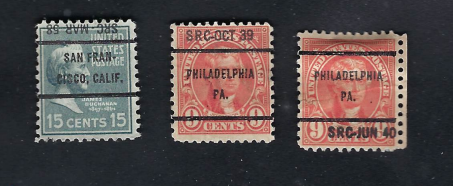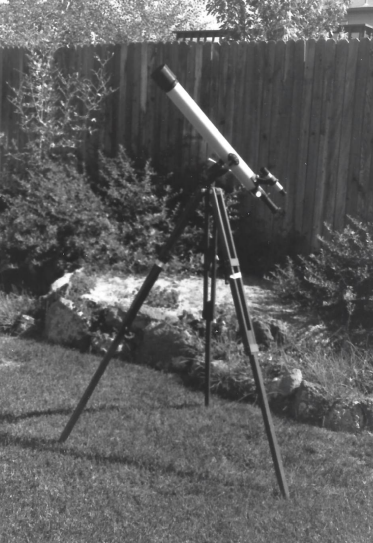Besides playing violin and guitar, a third instrument I enjoy is the mandolin. A 'mando' is a nice juxtaposition between the two other instruments in that it tunes up and plays with the same four string tones as the violin, and it is fretted and picked like a guitar.
For those of you who are unfamiliar with the instrument, a mando has eight strings arranged in four pairs that are each tuned to the same pitch. Tuning is in fifths, just like the violin (notes G, D, A, and E). The instrument is held in the same position as a guitar and played with a plectrum (pick).
The instrument is capable of playing not only single note melodies, but double-stops and chords, just like a guitar. It has a distinctive chiming sound.
Since the strings don't 'ring' for a long length of time, mando players use a technique called 'tremolo picking' where the pick is used to rapidly strike the strings in an up-and-down hand motion to play those longer sustained notes.
Mandolins are usually perceived as a bluegrass or folk instrument, but have also widely been used in classical, country, and rock genres.
Back at the turn of the 20th century, mandolins were quite popular. Many players formed entire mandolin orchestras, playing classical repertoire and popular music of the day.
From the 1940s onward, the instrument has been a staple of the bluegrass and country music scene. Like the guitar and violin, mandolins are commonly found nowadays as acoustic/electrics which can be plugged into amplifiers.
Anyway, here is a picture of the first mandolin I have ever played:
This one belonged to my grandfather, and dates back to around 1912 or so. It was manufactured by Lyons & Healy, out of Chicago. Lyons & Healy are more well-known for their full-sized harps, but the company produced other types of stringed instruments back in the day.
This mandolin has a sticker inside that reads "American Conservatory", which a little on-line research revealed as being one of the company's mid-priced, mid-quality offerings. There is a number printed on a wood support just inside the sound hole, but it is too faint to read clearly.
I suspect Grandpa might have purchased it through Sears sometime in the late 1910s.
The mandolin is a typical bowl- back instrument, affectionately referred to back then as a 'tater-bug'.
An interesting bit of family history surrounds this particular instrument. Apparently, Grandpa teamed up with a buddy to form a musical duo. Grandpa played the mando while his buddy sang. They used their musical prowess to serenade the ladies they were courting at the time, who ultimately turned out to be their future wives! I sometimes wonder what tune(s) the pair might have employed to thusly win the ladies' hearts...
I never once heard my grandfather play this mandolin. All the time I was growing up, I would see it hanging on a wall in his garage. My sibs and I would sometimes pull it off the hook and plunk around on it, but no-one ever seriously played anything.
After our grandparents passed away, my sister inherited the mandolin, but a few years ago she packaged it up and sent it to me, citing that I would probably make better use of it, being a musician.
Upon a close examination of the instrument, I found that everything was intact - no warpage or cracks whatsoever. The lack of substantial changes in humidity native to the Colorado front range plains can largely be thanked for that.
The only flaw I could find is a cracked gear on one of the tuner machines, but it's not a deal killer.
I was amazed to find that the instrument still had the original strings. They were pretty roached from age, but I was able to still tighten them and get them in tune! They did sound very dead, though....
I was able to actually find some new strings especially made for antique bowl-backs on the Musician's Friend website. Regular modern strings can't be used on such instruments because they are too high-tension and would cause major mechanical stresses on the wood that could snap the neck or damage the body.
After re-stringing the mando and tuning it up, I found that it played and sounded excellent. Perhaps like the day it was new!
Since then, I have played this old beauty regularly, and even used it onstage several times. Because of the wide protruding round back, it has to be played while seated, and I usually have to belly up to a mic if I'm playing in a group situation.
But, the old mando is one of my favorites in the stringed instrument arsenal.
Now that I'm finished writing this post, perhaps it's time to sit down and run through the theme from 'Schindler's List'.
A beautiful tune when played on the mando....


























